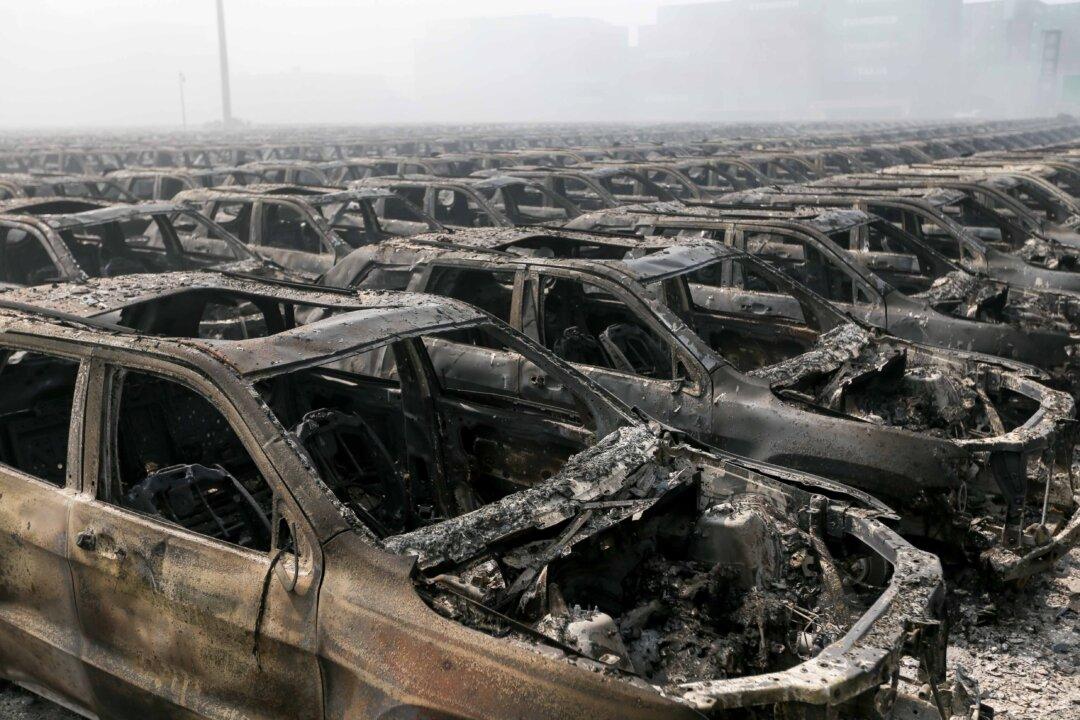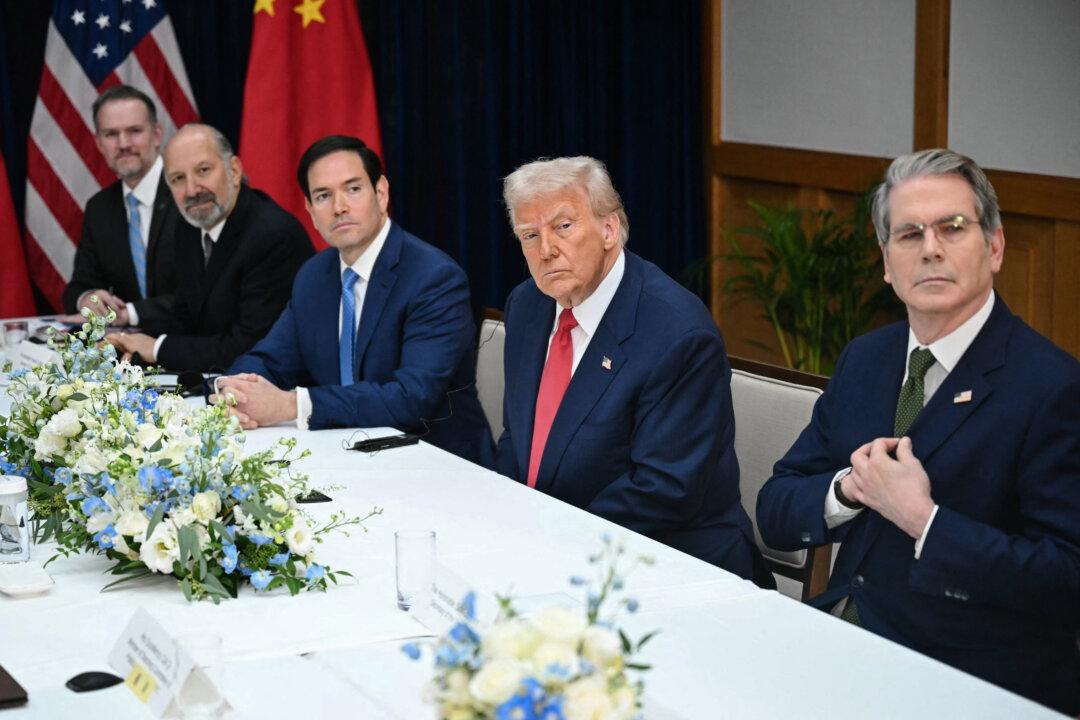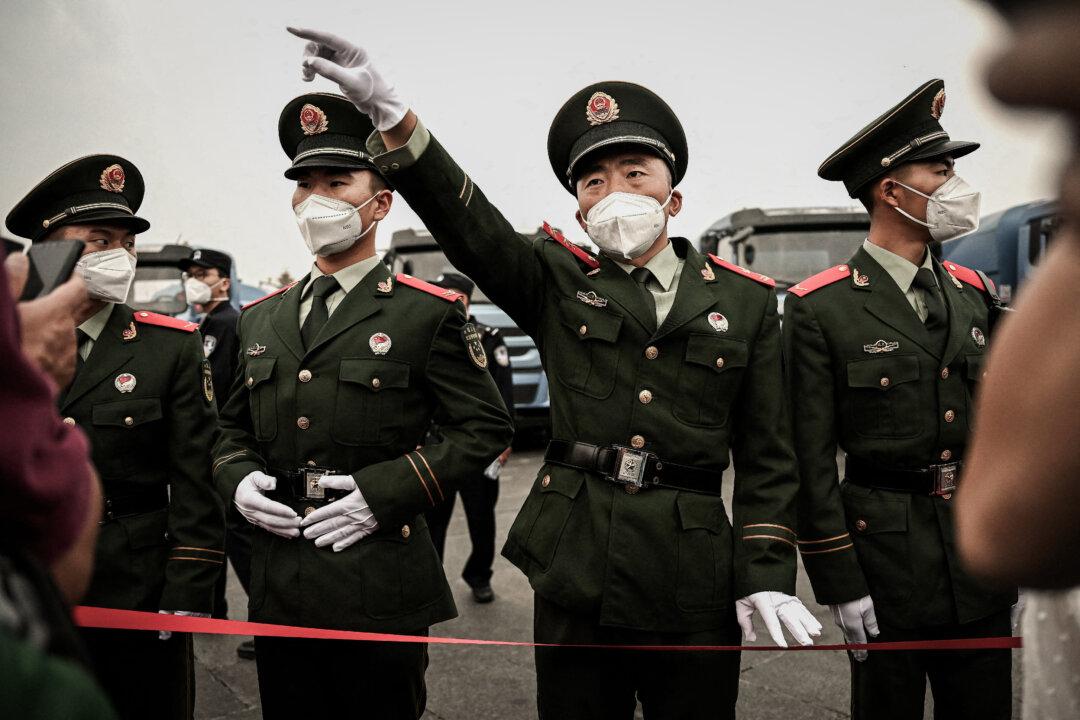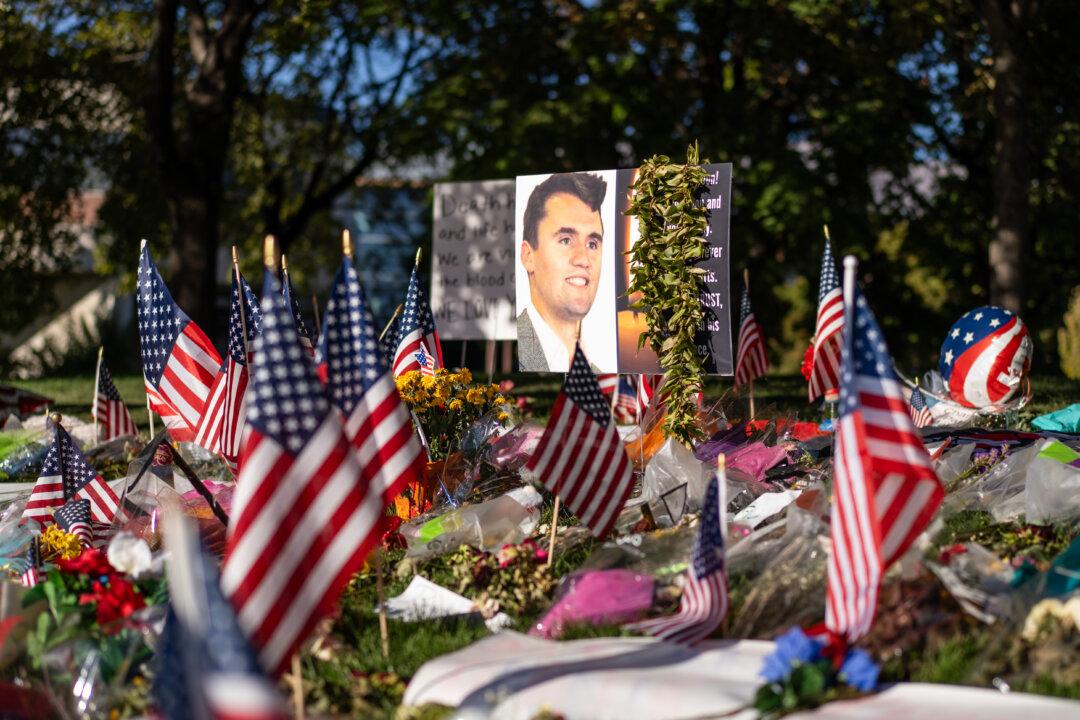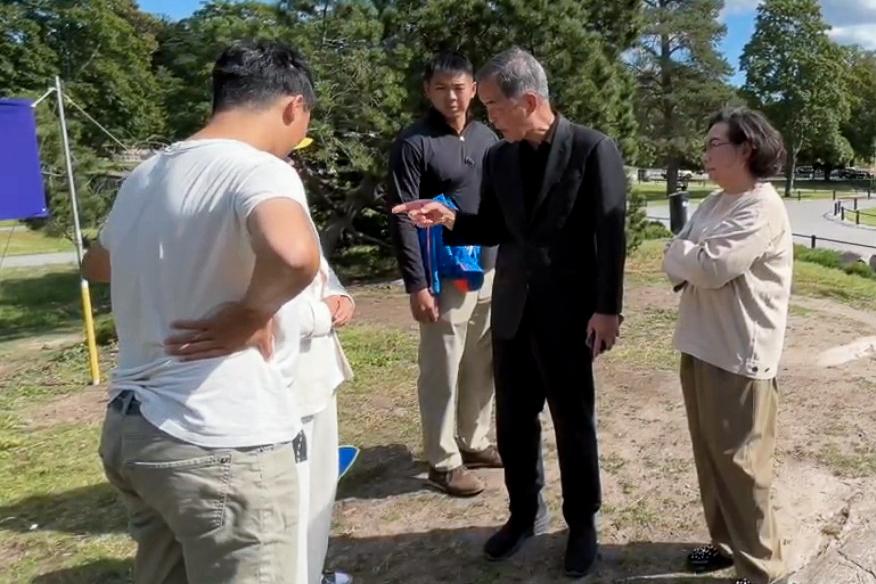The explosions rocking China recently may signal a turning point for the Chinese regime.
As this article is being written, a huge blast tore through a chemical plant in Dongying City in China, a little over two weeks after a series of blasts in a chemical plant in Tianjin killed 145, according to the official death toll. Ten days after the Tianjin explosion, there was another one in Zibo City.
The Tianjin blast has been a hot topic in the news in China for 20 days. Although 23 suspects who are allegedly responsible for the explosion have been arrested, the real cause, and who or what is behind this, are likely to remain a mystery for now.
